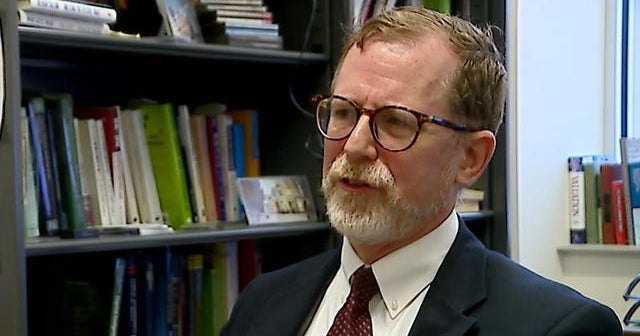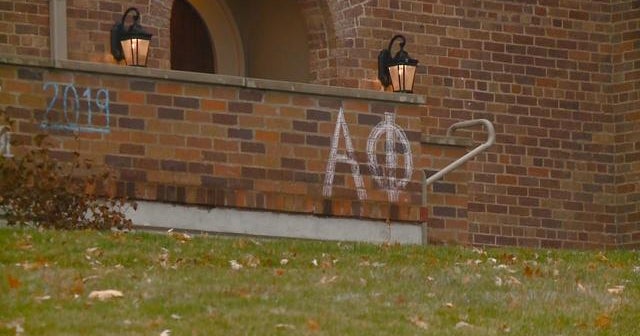As the debate over the role of religion in public education intensifies, Christian conservatives are increasingly challenging the long-standing principle of separation of church and state. In schools across the United States, these groups are pushing to expand religious influence in curricula, extracurricular activities, and even classroom environments. This has sparked a series of legal, social, and cultural battles, raising important questions about how public schools should navigate the complex intersection of religious freedom and secularism. In this article, we explore the broader implications of this “clash over faith” and how Christian conservatives are testing the boundaries in public education.
The Rise of Religious Activism in Public Schools
Over the past decade, Christian conservatives have become increasingly vocal in their efforts to reshape public education. In many communities, these groups are mobilizing to introduce or expand religious teachings within the classroom, promote prayer in school, and challenge policies they believe infringe on religious freedom. The movement has found success in some areas, with state legislatures passing laws that allow for religious expression in schools and administrators permitting greater latitude for religious clubs and organizations.
One of the key factors driving this activism is the belief among Christian conservatives that public schools have become increasingly secular, sidelining religious values and teachings. Groups like the Family Research Council, Alliance Defending Freedom, and the American Family Association have advocated for a return to what they consider traditional values, including more emphasis on Christian principles in the curriculum. In some instances, this has meant fighting against laws that prevent religious displays or prayer in public spaces, often framing the issue as a defense of constitutional rights.
The Legal Framework: Separation of Church and State
The principle of the separation of church and state is enshrined in the U.S. Constitution, particularly in the First Amendment, which prohibits Congress from establishing a national religion or impeding the free exercise of religion. This has been a cornerstone of American jurisprudence for more than two centuries, ensuring that public institutions, including schools, remain neutral on religious matters. However, the boundaries of this separation have always been a subject of intense legal debate.
Key court decisions have shaped the legal landscape surrounding religious expression in public schools. One of the most significant rulings came in Engel v. Vitale (1962), where the U.S. Supreme Court ruled that public schools could not require students to recite a prayer, declaring such practices a violation of the Establishment Clause. This ruling was followed by several others that reinforced the idea that schools should not endorse any particular religious viewpoint. Yet, as the culture war over religion in schools continues, these decisions are being increasingly challenged by religious advocacy groups.
Christian conservatives argue that the legal framework should be interpreted more broadly, allowing for greater expression of religious beliefs in public spaces, including schools. For instance, some have pushed for the right to post the Ten Commandments in classrooms or to offer Bible studies as part of extracurricular activities. Others advocate for the option of prayer during school events, including graduations and sports games, believing that religious freedom should include the ability to openly express faith in public school settings.
Key Issues at the Heart of the Debate
There are several contentious issues at the heart of the debate over faith and public education:
- Religious Curriculum: The push to include religious teachings in the curriculum, particularly around topics such as evolution, sex education, and historical events, is one of the most debated issues. Conservative groups often call for the inclusion of creationism or intelligent design alongside evolution in science lessons, while others argue for a more inclusive, secular approach to education.
- Prayer in Schools: Prayer in schools has been a divisive issue for decades. While the Supreme Court ruled in Engel v. Vitale that school-led prayer is unconstitutional, students are still allowed to pray individually or in groups, as long as it does not disrupt the learning environment. Christian conservatives, however, continue to advocate for the return of group prayer and religious observances in school events.
- Religious Freedom vs. Religious Imposition: Christian conservatives argue that religious freedom means the ability to express faith openly in schools, while critics contend that imposing religious views on students infringes on the rights of non-religious or minority faith students. This dynamic has led to debates over whether certain religious practices or symbols, such as crosses or Bible readings, should be allowed in classrooms.
- Religious Clubs and Student Organizations: Religious student organizations, such as Christian clubs, are allowed in public schools, but they must adhere to certain guidelines to ensure they do not engage in discriminatory practices. Christian conservatives have pushed for greater visibility and support for these groups, arguing that they provide a safe space for students to express their faith.
The Social and Cultural Impact of the Faith-Education Debate
The debate over faith in public education is not just a legal or policy issue—it is deeply intertwined with broader social and cultural changes in American society. The increasing pluralism of U.S. society, characterized by a rise in religious diversity and secularism, has made it more difficult to find common ground on the role of religion in public spaces, especially in schools.
For many Christian conservatives, the movement to inject religious principles into education is about more than just individual belief. It is seen as a way to counter what they view as a decline in moral standards and societal values. By fostering an environment where Christian teachings are more visible, they hope to strengthen family structures, promote ethical behavior, and instill a sense of community among students.
However, critics of this movement argue that it can lead to the marginalization of students who do not share the same faith. In a diverse public school system, promoting one religious perspective can create an atmosphere of exclusion, discrimination, and conflict. Public schools, they argue, should serve as neutral spaces where all students, regardless of their religious beliefs, can learn and thrive without fear of proselytization or religious coercion.
Case Studies and Recent Developments
Across the country, local battles over religion in schools are playing out in courtrooms, school boards, and communities. For example, in 2023, the state of Arkansas passed legislation allowing public schools to display the Ten Commandments on public property, arguing that the display was part of the nation’s historical heritage. Similarly, in Tennessee, a bill was introduced that would allow Bible classes to be taught as part of the regular curriculum. While these efforts are typically met with opposition from secular groups and civil liberties organizations, they have garnered significant support from Christian conservative voters.
In another high-profile case, the U.S. Supreme Court ruled in Kennedy v. Bremerton School District (2022) that a high school football coach had the constitutional right to pray on the field after games. This decision was seen as a victory for religious freedom advocates, who argued that the coach’s prayers were a personal expression of faith, not an imposition on others. While this ruling only directly affected one case, it has significant implications for how religious expression in public schools may be treated in the future.
The Future of Religion in Public Education
The future of religion in public education remains uncertain. While some Christian conservatives view recent legal victories as a sign that their influence is growing, the battle is far from over. With public opinion divided on the issue, future legal battles, and political campaigns will likely continue to shape the landscape of public education for years to come.
As American society becomes more religiously diverse, the tension between religious freedom and secularism is likely to grow. The role of religion in schools is just one piece of the broader conversation about how to balance individual rights, public policy, and community values in an increasingly pluralistic nation.
Conclusion
The clash over faith in public education is a reflection of deeper cultural, social, and political shifts in America. Christian conservatives are testing the boundaries of the separation of church and state, advocating for a more prominent role for religion in schools. At the same time, the ongoing debate raises important questions about how to protect both religious freedom and the rights of those who may not share the same beliefs. As this issue continues to evolve, it is clear that the intersection of faith, law, and education will remain a hotly contested terrain for the foreseeable future.
For more information on the legal implications of religion in public schools, visit the ACLU’s website on the subject.
See more TED Talks World



